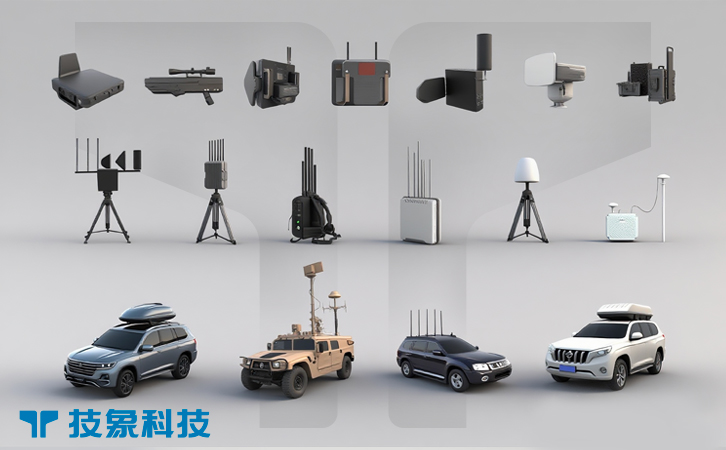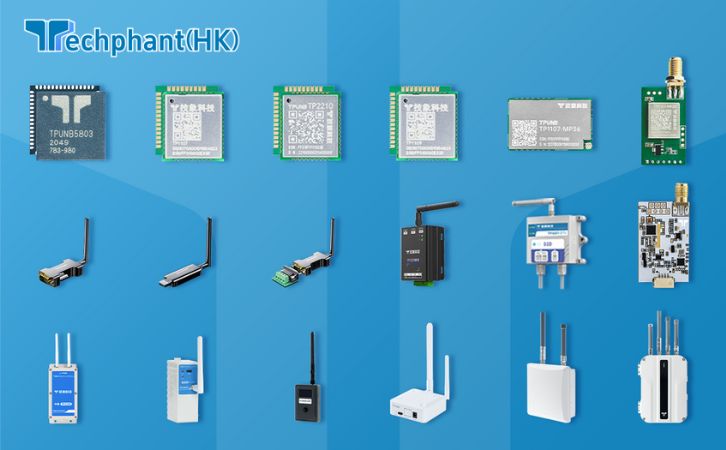The drone landscape in 2025, with over 6 million UAVs globally, has seen a dramatic rise in swarm-based threats, where coordinated groups of drones overwhelm traditional defenses in both civilian and military contexts. Autonomous counter-drone swarms, consisting of fleets of AI-guided interceptor drones that detect and neutralize rogue UAVs collectively, represent a cutting-edge counter-drone technology. These systems deploy multiple drones to track, engage, and disable threats using nets, jamming, or collisions, offering a dynamic response to swarm attacks. Unlike single-unit interceptors or static systems, swarm interceptors match the scalability and agility of rogue drone groups, making them ideal for protecting airspaces over events, bases, or urban areas. This article explores the rising swarm threat, the mechanics of autonomous counter-drone swarms, their real-world applications, and the challenges and future potential of this innovative counter-UAV solution.
I. The Rising Swarm Threat and Need for Counter-Swarm Systems
Rogue drone swarms pose an unprecedented challenge, with incidents like coordinated attacks in Ukraine or disruptions at 2025 global events highlighting their ability to saturate defenses. Over 2,500 drone-related incidents were reported globally in 2024, with swarms accounting for a growing share, causing economic losses and security breaches. In military settings, low-cost UAVs—some under $5,000—execute complex maneuvers via AI, evading single-target countermeasures. Civilian risks include mass surveillance or payload drops over stadiums or infrastructure, exploiting numbers to overwhelm sensors.
Traditional countermeasures like lasers or single interceptors struggle against multiple targets, while jamming risks collateral interference. Autonomous counter-drone swarms address this by deploying scalable fleets to match rogue swarms, as seen in 2025 U.S. military tests where interceptors neutralized dozens of drones simultaneously. The DEFENSE Act, enacted in September 2025, promotes swarm-based defenses for critical sites, emphasizing their role in countering the coordinated, high-volume nature of drone swarm threats through agile, collective action.
II. Mechanics of Autonomous Counter-Drone Swarms
Autonomous counter-drone swarms consist of fleets of small UAVs equipped with sensors (radar, RF, optical/IR) and effectors (nets, jammers, or kinetic impactors) that operate collaboratively via AI-driven coordination. Each drone uses onboard AI to detect and track targets, sharing data through mesh networks to assign roles—some pursue, others neutralize. Systems like Anduril’s Lattice platform deploy swarms that integrate radar for range and cameras for visual confirmation, achieving detection ranges up to 5 km.
Neutralization involves coordinated tactics: net-equipped drones entangle targets, jammers disrupt signals, or sacrificial units collide to disable. AI algorithms optimize swarm behavior, predicting rogue drone paths and adapting to evasive maneuvers. Advantages include scalability to counter large swarms, autonomy reducing operator load, and effectiveness against RF-silent UAVs. Limitations include high energy demands, coordination complexity, and vulnerability to anti-swarm tactics. In 2025, advancements in 5G networking and lightweight sensors have enhanced swarm efficiency, making them a pivotal component of dynamic C-UAS strategies.
III. Applications and Real-World Deployments
Counter-drone swarms are deployed in civilian and military contexts, excelling in dynamic, high-threat scenarios. In civilian applications, airports like Singapore Changi use swarm interceptors to counter coordinated intrusions, neutralizing multiple drones without grounding flights, as tested in 2025 exercises. Major events, such as the 2025 FIFA World Cup, deployed swarm systems to protect airspaces, capturing rogue UAVs mid-flight for forensic analysis. Critical infrastructure, like U.S. power grids, employs swarms to patrol perimeters, reducing sabotage risks by 30% since 2024.
In military applications, swarms defend bases and fleets. The U.S. Navy’s 2025 Pacific drills tested counter-swarm fleets, neutralizing simulated attack swarms with coordinated netting and jamming. European forces used similar systems in urban exercises, countering reconnaissance UAVs. The Counter UAS Technology USA Conference in December 2025 highlighted these deployments, showcasing AI-driven swarms for layered defense. Success relies on robust networking and integration with ground sensors, but their collective strength makes them indispensable for swarm-on-swarm combat.
IV. Challenges and Future Prospects
Counter-drone swarms face technical, operational, and ethical challenges. Coordinating multiple drones requires complex algorithms, increasing latency risks, while battery life (20-40 minutes) limits endurance. Costs, starting at $1 million for small fleets, restrict adoption, and rogue swarms with anti-drone tactics demand adaptive AI.
Regulatory hurdles include FAA restrictions on swarm operations in controlled airspaces, though the September 2025 DEFENSE Act eases security exemptions. Ethical concerns involve potential misuse against civilian drones and privacy from swarm surveillance, requiring ITU-compliant protocols. Future prospects are strong, with 2025 innovations in swarm autonomy and renewable energy drones. By 2030, the counter-UAS market is projected to grow, with swarms leading for scalability. Policy support and ethical frameworks will ensure responsible use, positioning counter-drone swarms as a cornerstone of dynamic aerial defense.
Conclusion
Autonomous counter-drone swarms provide a scalable, agile defense against rogue UAV swarms, matching their coordination in 2025’s threat-saturated skies. Their ability to detect and neutralize multiple targets makes them ideal for airports, events, and military operations, complementing other C-UAS tools. Despite challenges like costs and regulations, real-world successes and emerging innovations highlight their transformative potential. As swarm threats evolve, these systems—supported by policy reforms—will remain vital in layered defenses. By overcoming hurdles, stakeholders can harness this technology to secure airspaces, ensuring resilience in a drone-dominated era.



